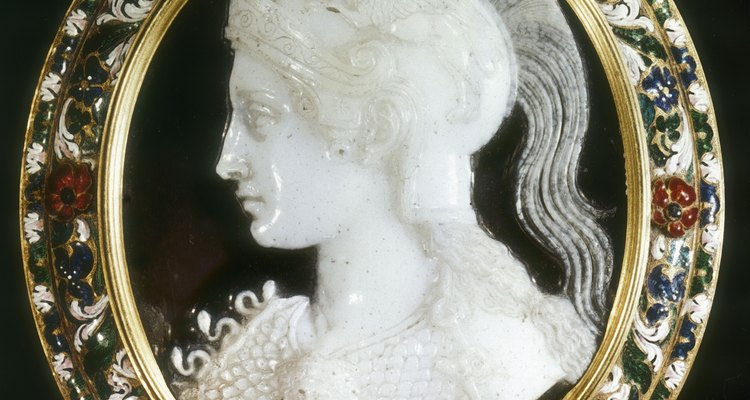
People have worn brooches as jewelry for hundreds of years. They attach to clothing with some sort of catch or pin. Often, brooches were made by turning a pendant into a pin. Antique and vintage brooches are commonly dated by the style of catch or by the design. The catch isn’t foolproof for dating, but it is indicative of the era the brooch was made.
Dating the Hinge and Catch
Check the hinge on the brooch. The hinge attaches the catch, the pin mechanism on the back of a brooch used to attach it to a garment. Tube-style hinges are found on one of the earliest types of brooches, pre-1890, and are often paired with a “C”-shaped catch. Post-1890, ball hinges were used and are still preferred today.
Look for a C-shaped hook on the catch of the brooch. C-shaped hooks denote brooches from 1837 to 1901, the Victorian era. This era made cameo-style brooches popular, with Queen Victoria’s love of lockets, chains and other jewelry.
Check for a safety-style catch. This style was used for a short period of time around 1895 and again in the 1940s to the present. This style has a small movable piece that holds the pin in place on the C-shaped catch.
Look for a trombone-style catch. This mechanism is when the pin slips into a barrel to secure the brooch. Trombone catches are indicative of European jewelry from 1895 through the 1940s.
Dating the Design
Look at the material the brooch is designed with. Cameos are portraits carved in shell. Shell cameos became popular after 1805 when shell became a common medium for jewelry.
Check if the material is glass-like. William Tassie invented a glass paste in 1760 that was used to make copies of famous cameos. This style is called “Tassies”.
Look at the base of the brooch. Silver and gold cannetille were used to set cameos after 1830.
Check for seed pearls, grapevines, leaves and tendrils cascading down around the brooch. These elements are characteristic of the romantic period, 1837 to 1860, during the Victorian era.
Look for a cameo carved in jet, onyx or black glass. Black was customary between the years of 1861 and 1901, following the death of Prince Albert.
Dating Vintage, Costume Brooches
Observe the style of the brooch. What we think of as costume jewelry today became popular in the 1930s. Crown-shaped brooches, fruit and vegetable pieces, and red, white and blue flags and eagles are characteristic of the 1930 through 1960s designer Tifari.
Check for characteristics of Eisenberg and Son’s brooches. They are identified by natural designs in aqua, ruby and crystal glass, from 1930 through the 1940s.
Look for Corocraft features. These designs, famous through the 1960s, depict enameled owls with large eyes, horse heads, and Native American squaws, set in silver or plated gold.
Observe the style of animal on a Marcel Boucher brooch. He created abstract animals like owls and elephants after 1937.
Related Articles
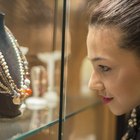
What Is Trifari Jewelry?

Brooch Vs. Pin

The History of Bolo Ties
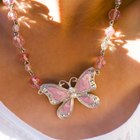
What Materials Are Used to Make Costume ...

How to Tell a Real Tiffany's Necklace ...
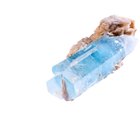
List of the Types of Semi-Precious ...

How to Identify Gruen Watches
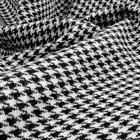
The History of Houndstooth

What Is a Slave Bracelet?

Hat Trends of the Seventies

How to Get the Back Off a Burberry Watch

What Are Knuckle Rings?

What Are Psychedelic Clothes?

How to Identify a Counterfeit Gucci ...

How to Spot a Fake Cameo

How to Spot a Fake BB Simon

What Is a Pendant Enhancer for Jewelry?

How to Remove Pierced Earrings From ...

How to Buckle a Gucci Watch

Desserts From the '20s
References
Writer Bio
Mary Johnson-Gerard began writing professionally in 1975 and expanded to writing online in 2003. She has been published on the Frenzyness Divorce Blog and on Neumind International Pte Ltd. Her book "When Divorce Hurts Too Long—Ouch" was published in 2009. Johnson-Gerard holds a doctorate in educational psychology from the University of Missouri.
Photo Credits
Photos.com/Photos.com/Getty Images